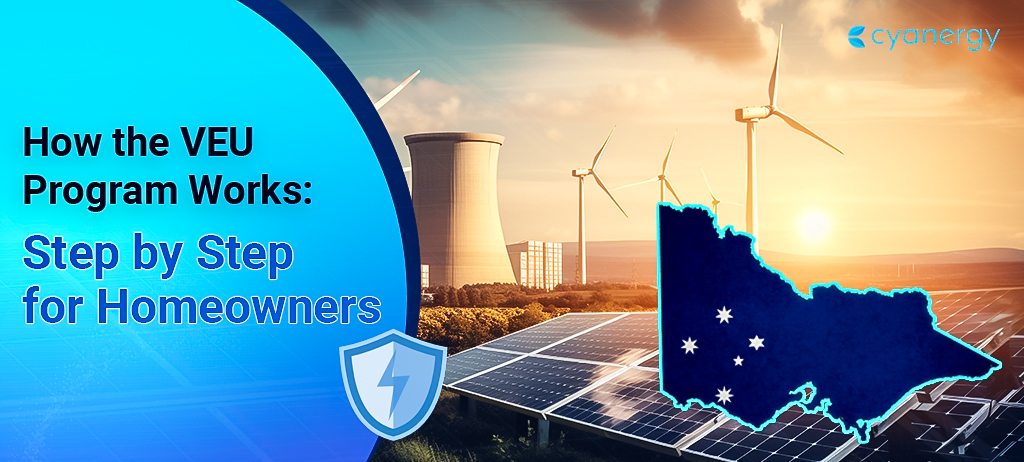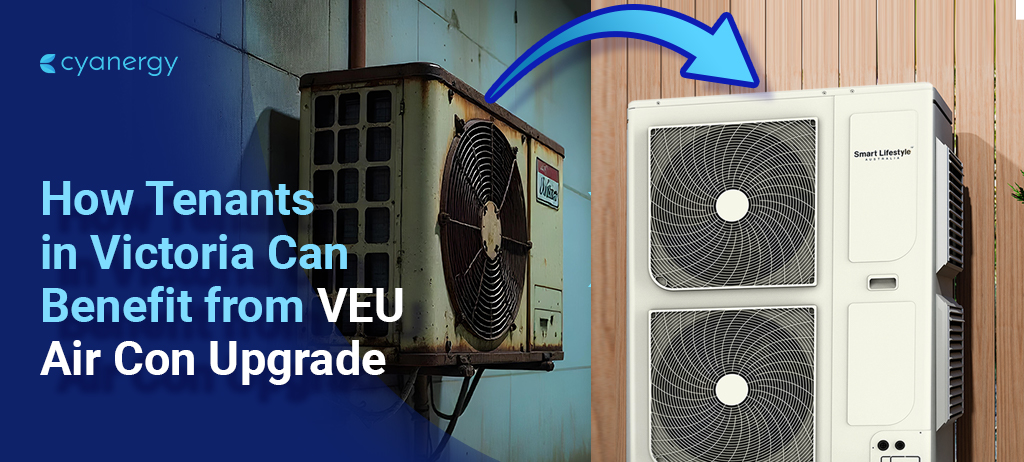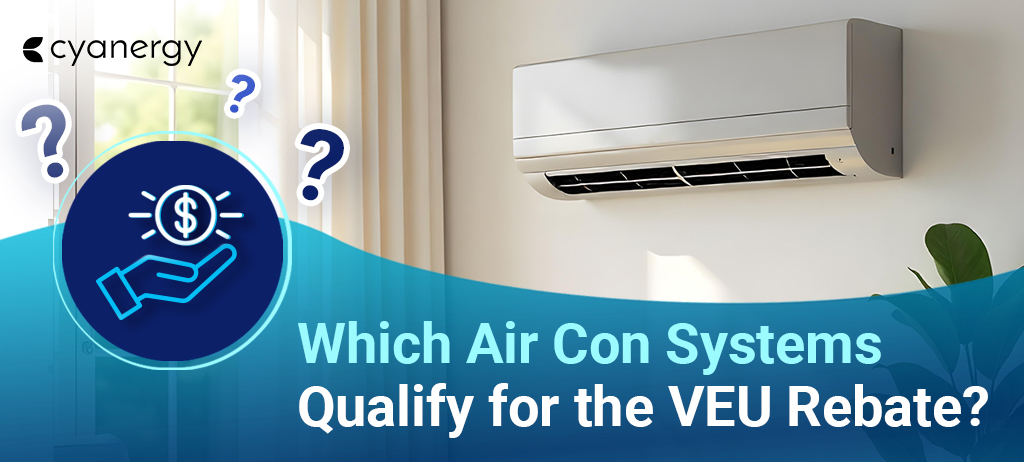Climate change is becoming a more significant issue. The production of human waste is a massive part of this. Businesses in Australia are starting to progress in producing less waste.
Simple steps can go a long way to promote more steps towards waste reduction. Hence, we have also taken a step to educate businesses about their waste reduction. Here are 3 effective waste reduction strategies for businesses.
Before knowing about waste reduction, we also need to know about waste management. It will help us understand some principles and fundaments like recycling, reusing and reducing.
Let’s get into it then.
What is Waste Management?
Waste management is all about handling, collecting, treating, and disposing of waste in a safe and environmentally friendly way.
Think about all the products we use every day, like packaging, food scraps, old electronics, and more. When we’re done with these things, they become waste.
Properly managing waste means finding ways to reduce the amount of waste we produce, recycling things that can be reused, and disposing of the rest safely.
Waste management helps protect the environment, conserves resources, and reduces pollution. We can make sure that our planet stays healthy for future generations if we manage our waste.
Benefits of Efficient Waste Management for Businesses
Helps the Environment:
Helps the Economy:
Using good ways to handle waste creates jobs, finds new uses for things we throw away, and helps make an economy where things are used again and again.
Moreover, it saves money by reducing the costs of getting rid of waste and cleaning up the environment.
Better for People and Health:
Correctly handling waste keeps people safe from dangerous stuff and stops diseases from spreading.
It also gets people involved in their communities, helps them learn about waste, and makes them better at dealing with it.
Less Greenhouse Gases:
Understanding Waste Reduction
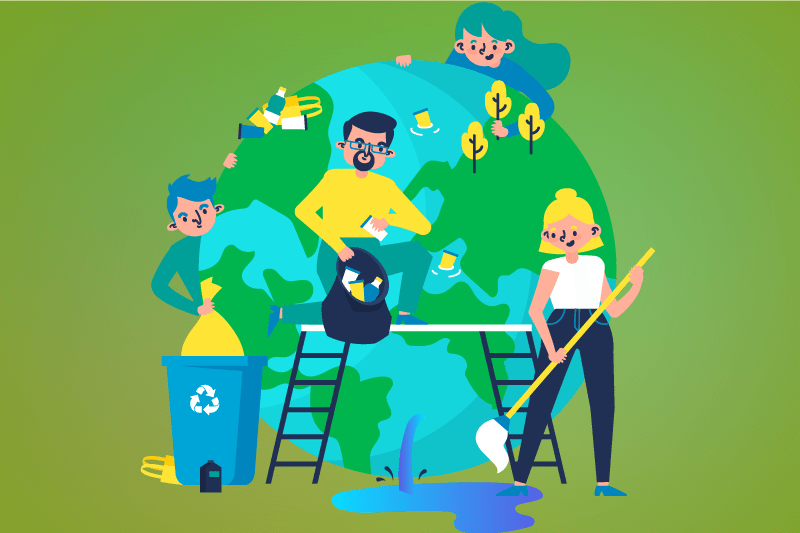
Waste reduction means finding ways to make less waste in the beginning. It’s about using things wisely, reusing materials when we can, and making smart choices not to use too much.
Waste reduction tries to stop waste from happening in the first place, which helps the environment.
Difference between Waste Reduction and Waste Management
Waste reduction is about stopping waste from being made, while waste management is about dealing with waste that’s already made.
Waste management covers picking up, handling, treating, and getting rid of waste safely. It includes things like recycling and making sure waste is thrown away correctly.
So, waste reduction tries to make less waste, and waste management deals with the waste we already have.
Importance of Waste Reduction for Australian Businesses
Reducing waste is really important for businesses in Australia for a few key reasons:
Saving Money: When businesses use less and waste less, they spend less money on buying new things and getting rid of old stuff. It means more profit for them in the end.
Protecting the Environment: Waste can harm the environment by polluting land, water, and air. By reducing waste, businesses help keep Australia’s natural spaces clean and healthy for everyone.
Meeting Regulations: Australia has rules about how businesses should handle their waste. By reducing waste, companies can make sure they’re following these rules and avoid getting into trouble with the law.
Building a Good Reputation: People like to support businesses that care about the environment. By reducing waste, companies can show that they’re responsible and environmentally friendly, which can attract more customers and make existing ones happy.
Key Principles of Efficient Waste Management

Reduce, Reuse, Recycle (3 R’s):
Sorting and Separating Waste:
Composting and Dealing with Organic Waste:
Using Waste for Energy:
Handling Hazardous Waste:
3 Effective Waste Reduction Strategies for Businesses
Strategy 1 – Measure business waste
Even if the bins are different sizes, just note down their sizes, estimate how full they are, and how often they get emptied.
For instance, you might have a regular-sized bin that’s half full and gets emptied once a week, which equals 120 litres of waste per week.
Once you gather this info, you’ll know how much waste your business makes in a certain period.
Strategy 2 – Assess the 3Rs and Lifecycle of Products and Services
Figure out what you can do to:
- Reduce: Can you avoid making or making less waste by changing how your business gets products or operates?
- Reuse: Can another local business use the waste materials you make?
- Recycle: Which materials can be recycled? Find local places that collect recyclable stuff.
Understand Your Waste and Recycling Contracts
You should get the best waste collection deal for the materials you recycle. Start by talking to your current waste service provider, who might be a private company or the local council.
Also, consider how your contract affects your recycling. For example, if your recycling gets picked up every two weeks, make sure your recycling bin is big enough for two weeks’ worth or change your contract to weekly pickups.
Think about what your current contract offers and how it impacts your recycling. Remember, your waste or recycling contract is a legal document, so you may need legal advice.
Strategy 3 – Implement Material Collection Systems at Business Premises
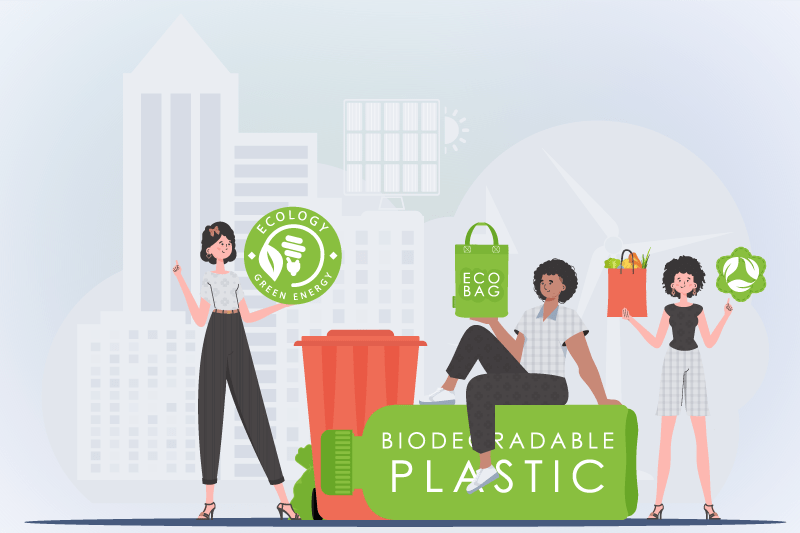
Different businesses make different kinds of stuff that can be recycled. The bins that get emptied into the collection truck, like wheelie bins and big bins, might be different from the ones used to collect stuff at your business.
For example, if you have separate services for paper or cardboard collection, then you’ll need to separate them from other recyclable materials, preferably where they’re made. Make sure cleaners and sometimes clients know how to separate things.
If your business shares bins with other businesses in a shopping area, talk to them to make sure everyone is sorting waste properly. You can also use signs to help your business set up a sound recycling system.
National Waste Policy Action Plan
The National Waste Policy Action Plan of 2019 set goals and actions to put the 2018 National Waste Policy into action.
These goals and actions help guide Australia’s efforts until 2030 and beyond.
They include:
- Stopping the export of waste plastic, paper, glass, and tyres starting from the second half of 2020.
- Decreasing the total waste each person makes in Australia by 10% by 2030.
- Making sure 80% of all waste gets recycled by 2030.
- Using more recycled materials in government and industry.
- Getting rid of problematic and unnecessary plastics by 2025.
- Cutting in half the amount of organic waste sent to landfills by 2030.
- Providing detailed and up-to-date information for everyone to make better decisions about what they buy and how they invest.
This plan works with other waste management and circular economy plans made by states, territories, local governments, businesses, and industries.
In October 2022, ministers talked about the progress made in improving waste management and recycling under the National Waste Policy Action Plan.
They agreed that we need to be active about producing less waste. They decided to design products better and make production more efficient. The plan will be updated in the coming year to make Australia’s efforts stronger towards reaching our renewable energy target by 2030.
